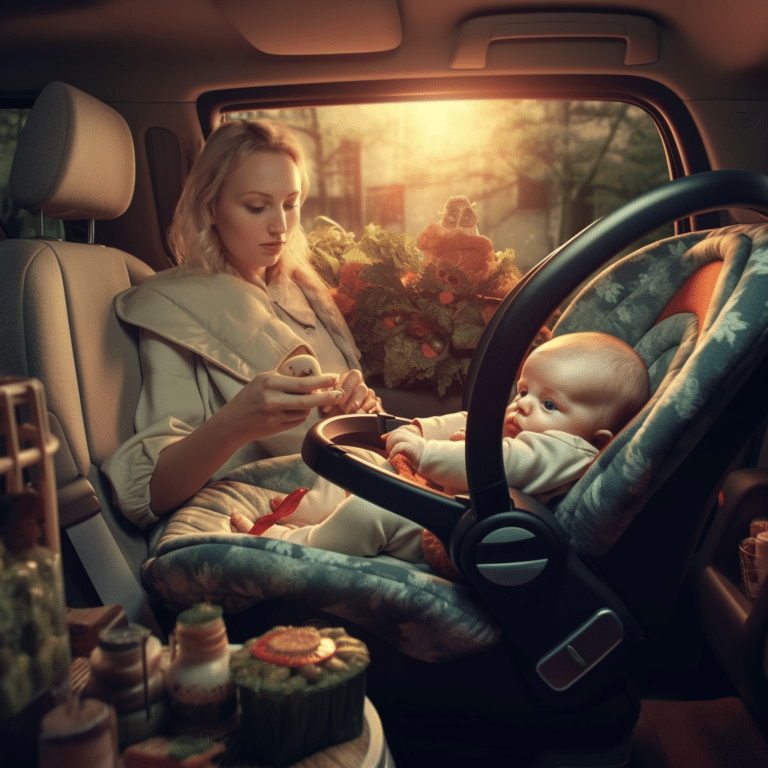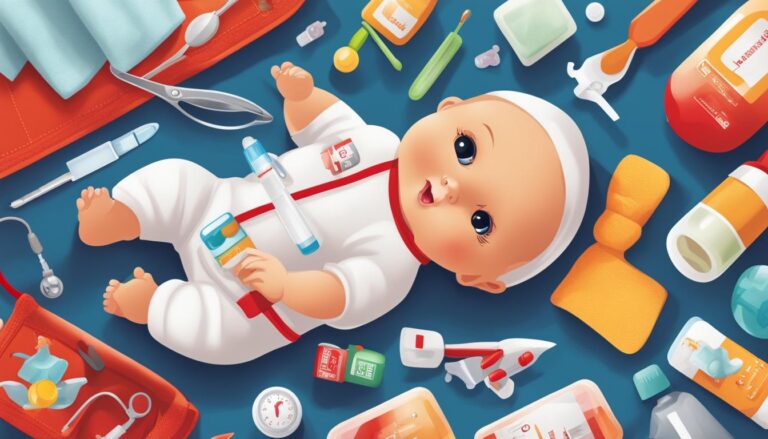Helping Your Baby Accept the Bottle at Daycare
Baby Refuses Bottle at Daycare If you’re a working parent, you know how hard it is to drop your little one at daycare. Deep down, you want to spend more time with your kid and raise them while having the resources and time to be present in their lives without additional supervision. But since you can’t be in two places simultaneously, you’ll have to leave your child with caregivers. As if that’s not stressing enough, your baby refuses a bottle at daycare. And this leaves you devastated, wondering what could be the problem. What do you do in such a case? Read on!

Reasons Why Babies Refuse Bottle At Daycare
The first thing to do when your kid refuses to take a bottle at daycare is to find out why. This way, it would be easy to fix the problem. Common reasons why babies refuse to take a bottle at daycare include:
Distraction
Daycare is a busy place. The presence of other children and the constant games kids play make the environment stimulating. All these activities can overstimulate your baby, making them forget their body’s signals and needs. Baby Refuses Bottle at Daycare And what follows is that your baby doesn’t get hungry. But after they reach home; they realize the environment is less stimulating. They relax, and soon intense hunger pangs sets in. Your child eats ravenously, and the cycle goes on the next day.
Your Child Feels Things Aren’t Right
Babies are usually sensitive and always know when things don’t feel right. It doesn’t have to be something big; even the tiniest aspects matter to a child. It could be the daycare caregivers don’t hold the baby as you do. Or you do things at home that are not done at the daycare.
Babies have a sense of what feels comfortable and what’s foreign. And if something doesn’t feel right for them, that can negatively affect feeding. Thus, finding a sweet spot between the unknown and what’s familiar is crucial to enabling your kid to feed well.
Your Child May Be Traumatized
When a baby instinctively knows that their mom and dad are away, they may start questioning their safety and if their needs will be met. This alone can cause emotional upset, resulting in some children refusing the bottle or eating.
Eating is linked with comfort, and your baby may resist receiving that comfort from someone other than their parents, making them refuse a bottle at daycare.
How Can You Help Your Child Take The Bottle At Daycare?
Let Them Eat In A Relaxing Environment
Going to a quiet, relaxing, and non-distracting environment can make a big difference. Advise the daycares caregivers to feed your baby in a calm place away from the noise. They can start rocking and swaying the baby for a few minutes before offering the bottle. This is to help the baby feel relaxed and calm. Once the baby is nice and comfy, they can give the bottle.
Find The Appropriate Hungry Window
Feeding a baby when they are full can make them refuse to eat. Similarly, feeding them when they are overly hungry may not work. Starvation can lead to fussiness and irritability. An irritable or fussy baby is hard to soothe, leave alone feed. So, it’s vital to determine the appropriate hungry window to offer the bottle. The time when they are hungry to eat but not starving.
Experiment With Flow
Sometimes a change in nipple flow may be all that you need to do. Babies are different. Some require a fast flow, while others need a very slow flow. To know which type of flow your baby prefers, start by offering them a nipple with a slow flow and note their feeding pace. After a few days, experiment with a nipple with a fast flow and how they feed. If they feed better on a slow nipple, stick to that. In the same way, if they want a quick nipple flow, give them.
Experiment With Bottles
Like flow, your baby may like a specific bottle more than others, making them refuse the ones they dislike. And the best way to establish that is to experiment with different bottles. Start slow and try 1-2 bottles at a feeding time and see if there would be any difference.
Use Pacifier
Although banished by the breastfeeding community, pacifiers can come in handy, especially when your baby is below four months and used to breastfeeding. A child used to breastfeeding can have challenges adjusting to a bottle, and the best way to help them adjust is to offer a pacifier. Pacifiers can help your baby adapt to the feeling of having something in their mouth. Don’t let your baby have the pacifier in their mouth the whole day though. A few times a day is okay.
Feed The Baby In Various Positions
Babies are unique, and each has its preferred feeding positions. Breastfed and bottle-fed babies are different in their preferred feeding positions. So, try various positions and see which works out. The caregivers can try holding the baby facing out or sitting propped up on their legs.
Let The Baby Latch Themselves
Sometimes letting a baby latch themselves onto a bottle nipple may help. So, instead of putting the nipple directly on a baby’s mouth, tickle the baby’s upper lip and nose with the bottle and wait for them to open their mouth and latch on the nipple like the way the child would latch on a breast. Ensure the baby latches onto the nipple’s wide base and not the tip, with the lips flanged outwards, similar to breastfeeding.
Try Feeding The Baby With Something Else
It’s not always the case, but babies can outgrow bottles. If you suspect this, try feeding your baby with a regular open cup, sippy cup, or spoon and see how they respond. Hold the baby in an upright supported position in your lap. Bring the cup or spoon to the child’s mouth and let them take the milk by themselves. Allow the baby to set their pace and take caution not to dump milk in their mouths that may result in choking.

Conclusion
Baby Refuses Bottle at Daycare There are many reasons why your child may refuse a bottle at daycare. To combat the issue, start by finding the root problem. Then come up with a fix and liaise with the daycare caregivers for easy implementation.






